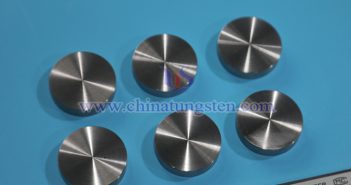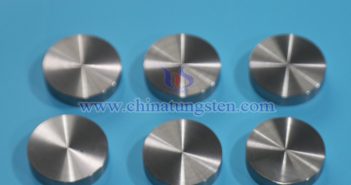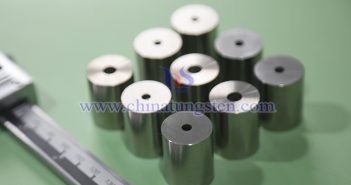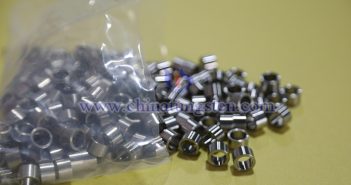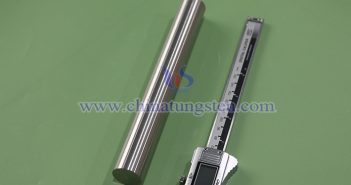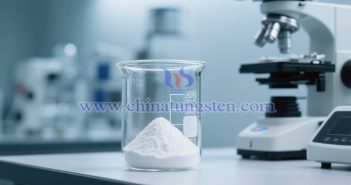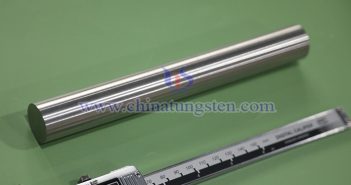
Tungsten is the core component of tungsten-nickel-iron alloy, imparting exceptional counterweight performance through its high density of 19.35 g/cm3. It also enhances the alloy’s strength and hardness via solid-solution strengthening and particle dispersion strengthening, while optimizing its radiation absorption capacity, making it an ideal choice for high-performance shielding materials. The tungsten content (approximately 90%–98%) significantly impacts alloy properties. Higher tungsten levels generally increase density; for instance, a 90W-7Ni-3Fe alloy has a density of about 17.1 g/cm3, a 93W-4Ni-3Fe alloy around…

